LO SPLENDORE DEL BAROCCO A VENEZIA: Tiepolo e i suoi contemporanei.
Data: 3 Giugno – 1° Ottobre 2017 – Opening 2 Giugno 2017
Location: MUO – Museo dell’Arte e dell’Artigianato – Zagabria
Curatori: Miroslav Gasparovic, Giovanni Carlo Federico Villa.
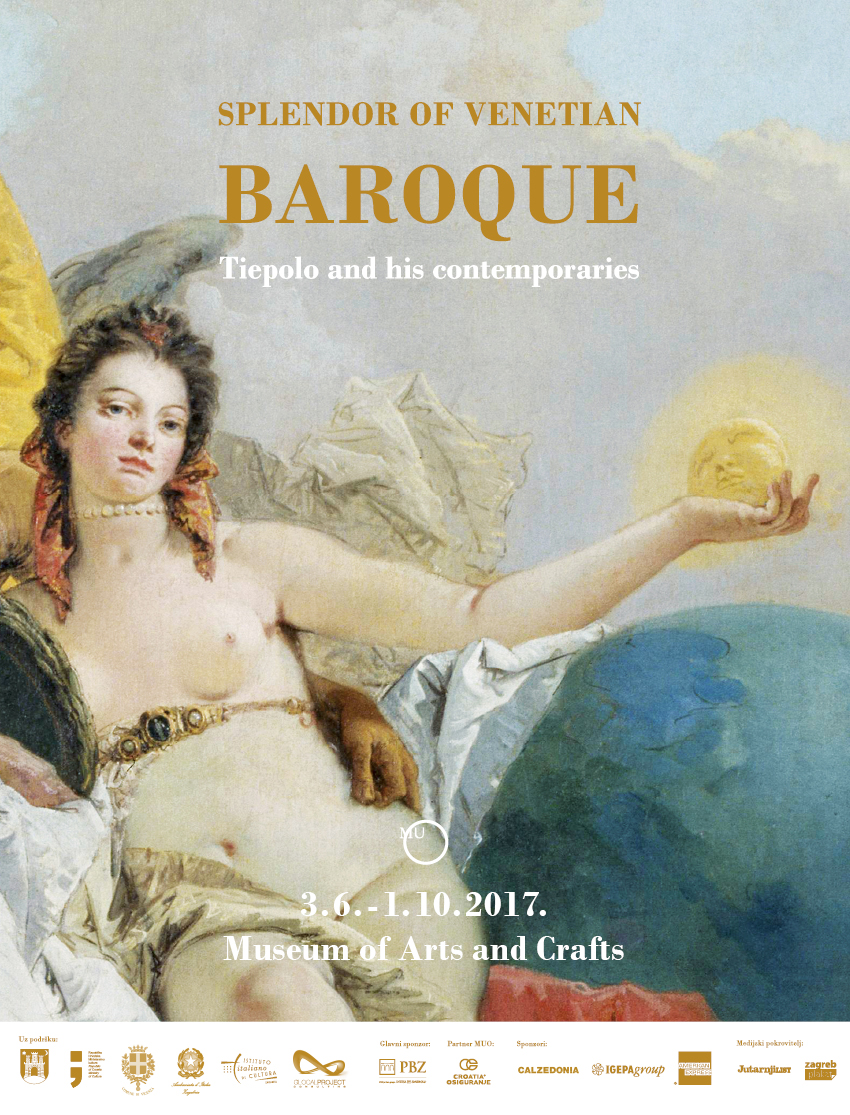 Lo splendore del barocco a Venezia – Tiepolo e i suoi contemporanei – è una mostra che propone uno sguardo unico nella pittura barocca veneziana e presenta alcuni capolavori di quel periodo.
Lo splendore del barocco a Venezia – Tiepolo e i suoi contemporanei – è una mostra che propone uno sguardo unico nella pittura barocca veneziana e presenta alcuni capolavori di quel periodo.
Le opere selezionate di Giambattista Tiepolo e Giandomenico Tiepolo e di altri importanti rappresentanti della cerchia pittorica veneziana del ‘700 quali Giambattista Piazzetta, Marco Ricci e Sebastiano Ricci, Giambattista Pittoni, Francesco Aviani, Giuseppe Zais e molti altri provengono dal ricco fondo della Pinacoteca Civica di Vicenza, situata nello splendido Palazzo Chiericati, opera del grande architetto Andrea Palladio.
Il nome più importante di questa mostra è sicuramente quello di Giambattista Tiepolo (Venezia 1696-Madrid 1770), protagonista indiscusso del “secolo galante”, la cui vita fu ricca di successi e grandiose commissioni a Venezia e nei dintorni, ma anche all’estero (Würzburg e Madrid, per esempio).
Tiepolo fu senza dubbio uno dei più grandi pittori di Venezia, apprezzato dai “Signori Nobili, e Ricchi”, i suoi referenti, come egli stesso spesso li definiva.
La mostra sarà accompagnata da un ampio programma, concerti e vere prelibatezze musicali della Venezia del ‘700, laboratori creativi, visite guidate, un concorso a premi e souvenir ispirati alla mostra e agli oggetti più belli del periodo del Barocco, provenienti dalla grande collezione del MUO – Museo dell’Arte e dell’Artigianato.
Making Of “Tiepolo e i suoi contemporanei”
VENETIAN BAROQUE PAINTING – TIEPOLO
A project for the MUO – Museum of Arts and Crafts in Zagreb (Croatia)
It has been a long and laborious work, and only recently restored to its meaning and its greatness, the fate of Giambattista art legacy and his son Giandomenico Tiepolo. Absolute protagonist of a new short century, which rises with the Arcadian reaction to the Baroque till the beginning of the season of neoclassicism, and the new wave of republican ideal of Jacques-Louis David and the corrosive irony of Goya.
After a life full of successes and great incomes, appreciated by nobles and rich, the greatest painter of Venice was to spend the last years far from home and family, in an increasingly indifferent and inhospitable court, and critized by Winkelmann” Tiepolo uses to produce more works in one day than Mengs in a week, but while (Tiepolo’s) once seen is forgotten, (Meng’s) remain immortal” (source: Dissertation on the power of the feeling of the beauty in art, back in 1763). So his fame eclipsed over the last two decades of the century and dramatic that was the enlightenment, and so it was demolished in the next hundred years, albeit with exceptions. So his fame eclipsed over the last two decades of the century and so remained in the next hundred years, albeit with exceptions.
He was rediscovered at the threshold of the Belle Epoque by Maurice Barres who in 1889 wrote of him that “his works have the desire which follows the great dreams as delicate epicurean prefers.” A lecture- in the key of “luxury, calm and pleasure” – in Paris capital of the arts, where the grandiose fresco snapped at Villa Contarini was droppe, and the Banquet of Henry III, that Edouard André and Nélie Jacquemart shown with great pride in their new home on the boulevard Haussmann.
Today, for us Tiepolo’s Oeuvre has reached the peak of Italian Painting Heritage of all time, having a place of absolute centrality in the art of the eighteenth century.
The century of Giambattista exactly matches the arc of its activity: from 1715 to 1770. Thus in the age of the Enlightenment, but also, the intense and chaotic season of last “Baroque” Tiepolo plays a perfect rule in the season of “Rococo” more decorative and festive, simply denying the triumph of the most rigorous and ideology of “neoclassicismi”. But these are only schemes, that may be discussed and claimed when analyzing an author’s production which is necessarily marked by several novelties, experiments an unconventional marks.
For Tiepolo as well, any labeling attempt is partial: about him even the earliest critics and commentators stressed his capacity to be either a great artist and a hard worker; besides the incredible productivity, a portfolio orders always full, an efficient workshop, to carry out, Tiepolo is the artist of “happiness”. “A fine example of the picturesque happiness, of the brush safety and prompt execution was our Tiepolo, who always found the hand obedient to express on canvas what conceived by the intellect.
Tiepolo happiness seems the closest to the Kantian serenity of “starry sky above me, the moral law within me.” And yet Tiepolo is the author of amazing staging of ancient history, no equivalent for pictorial invention of scenic wealth, in the obvious theatricality that makes it absolutely contemporary and close friend of levity facilitated by Pietro Metastasio, and the sound power of the cantatas profane by Georg Friedrich Händel, highly appreciated in Venice after Agrippina, and the beloved Hasse, “our Saxon”.
In Tiepolo lies a sophisticated painter that represents and embodies a whole age. MUO aims at celebrating Giambattista and Giandomenico Tiepolo along with the importance played by the Venetian painting still in the eighteenth century, in a narrative path that will investigate the major themes of the eighteenth century.
The exhibition is also figured out, to show the exceptional heritage of the Civic Museums of Vicenza, also displaying a complete selection of oeuvres of works by Tiepolo’ contemporaries artists including landscape works, still life, mythological stories, placing the works in the larger scope of their importance to the European pictorial season. And highlighting the significant influences on international painting, A journey through paintings, drawings and etchings able to project ourselves in another century, in a lost dimension but still alive in the collective imagination.
MIROSLAV GASPAROVIC
Director
MUO – Museum of Arts and Crafts
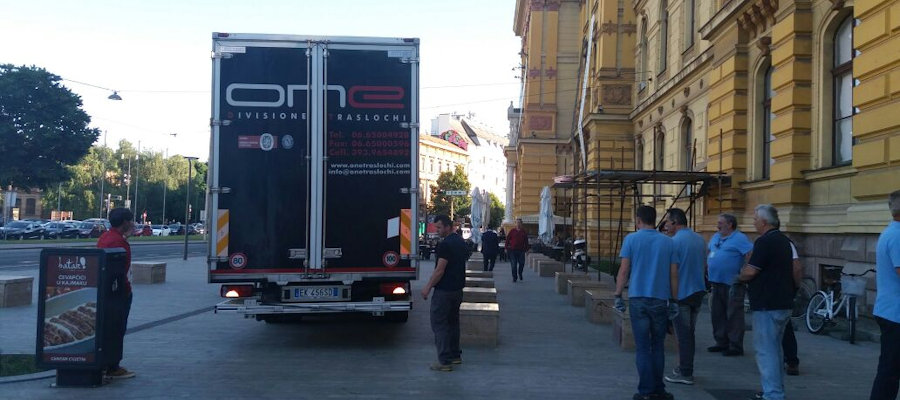
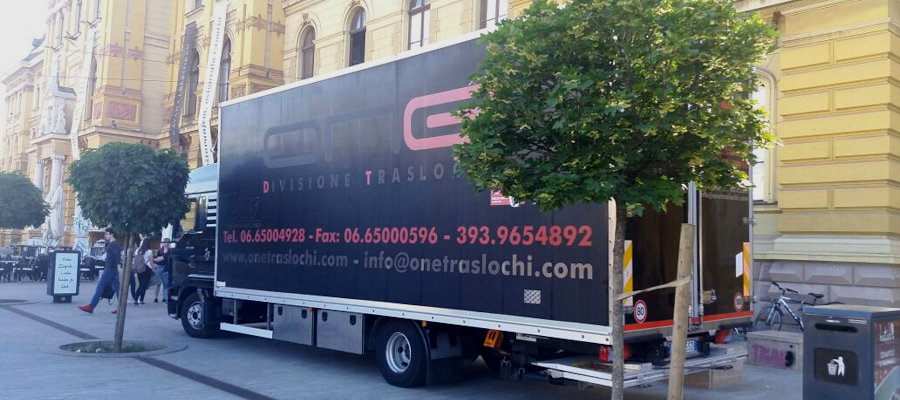
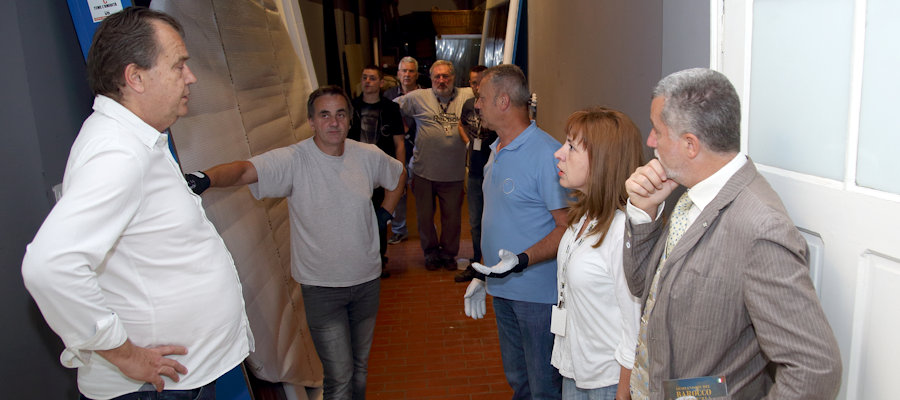
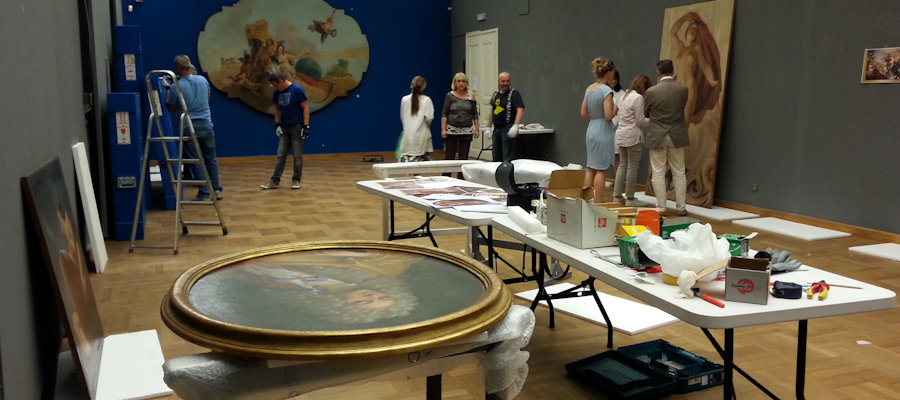
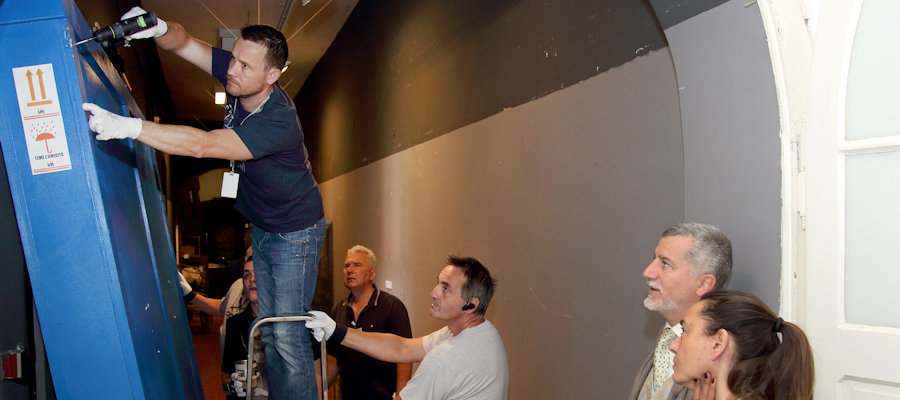
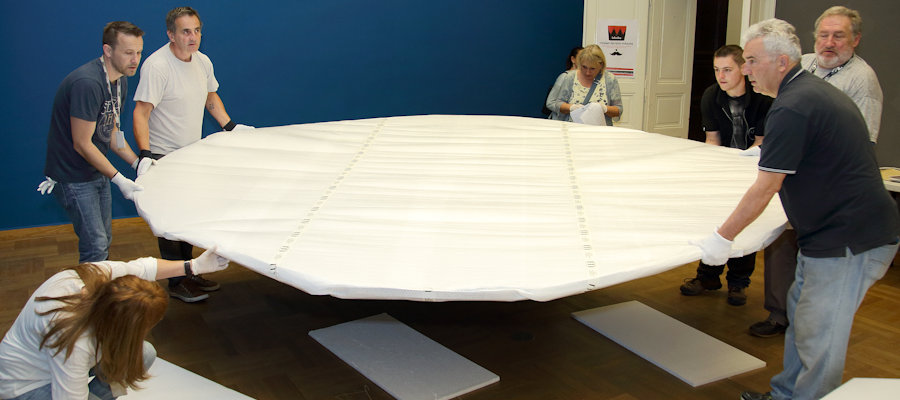
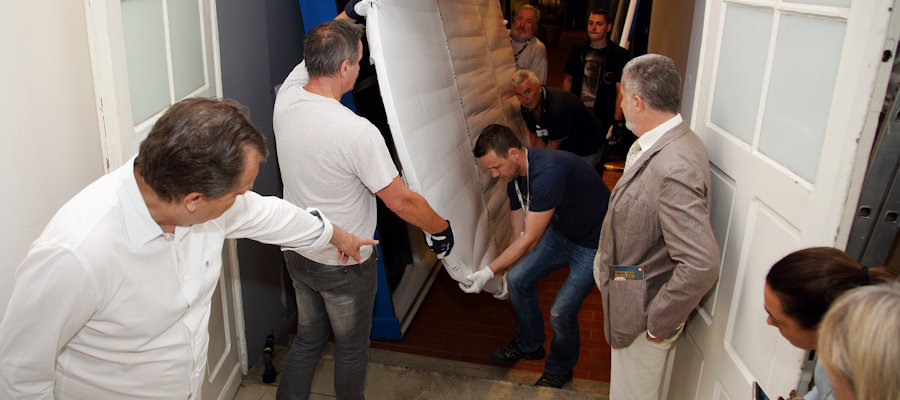
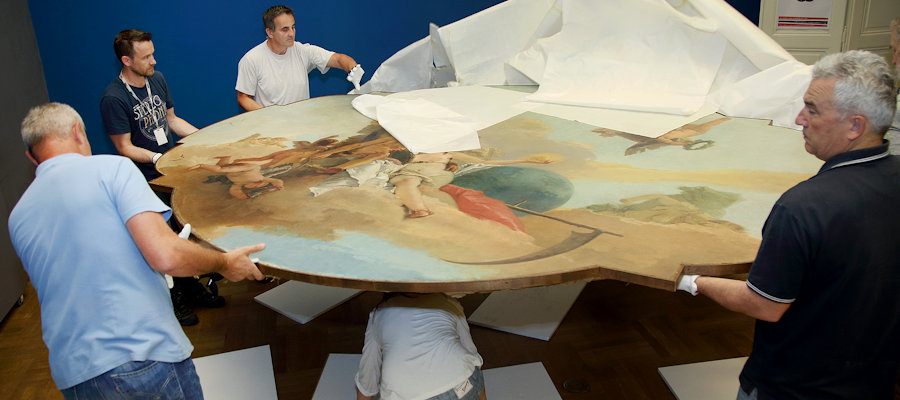
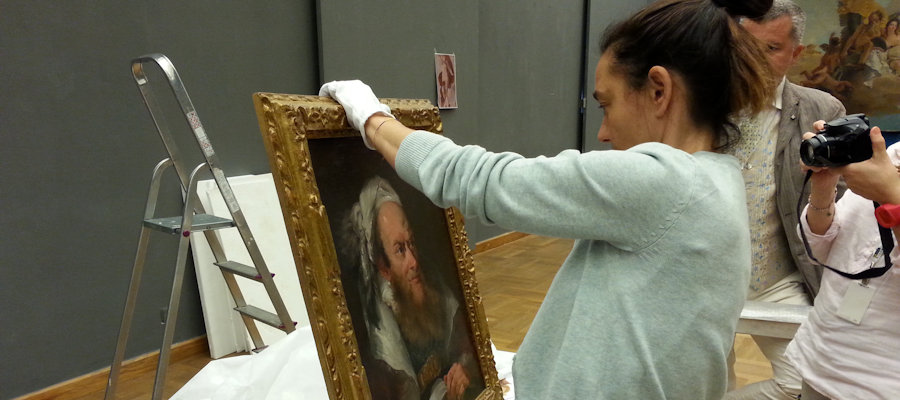
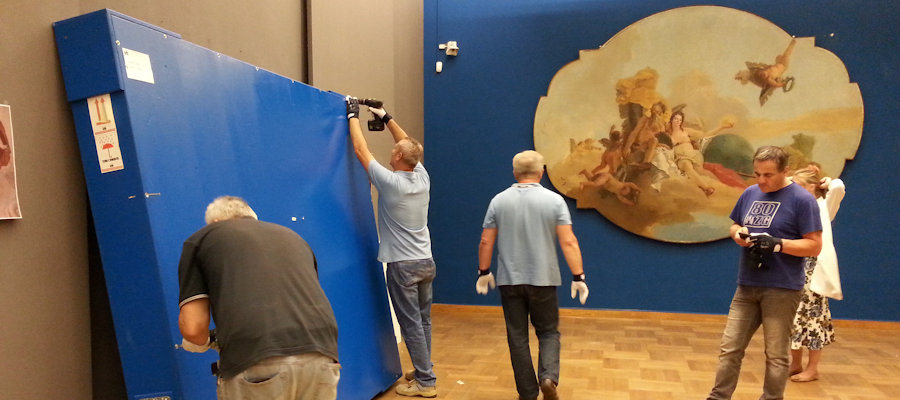
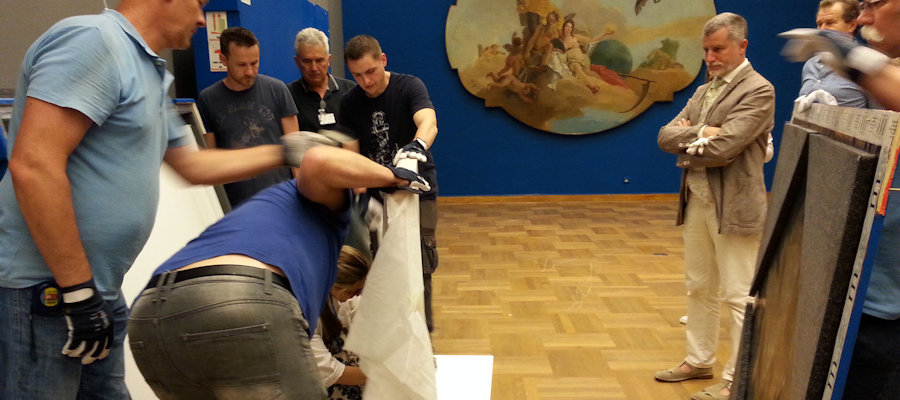
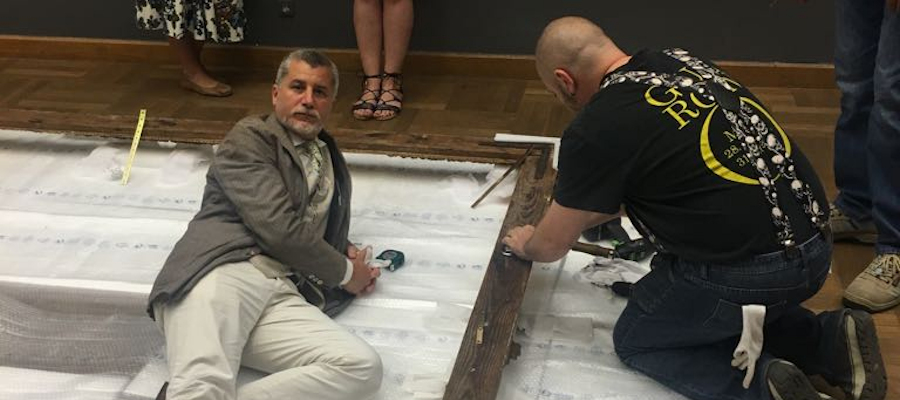
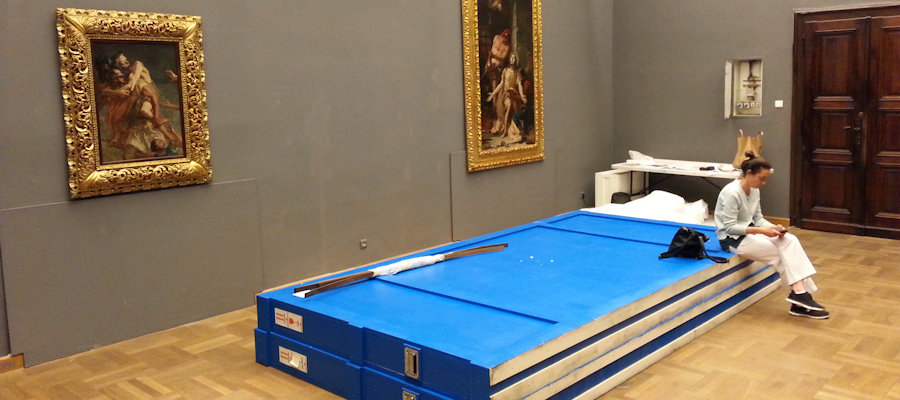
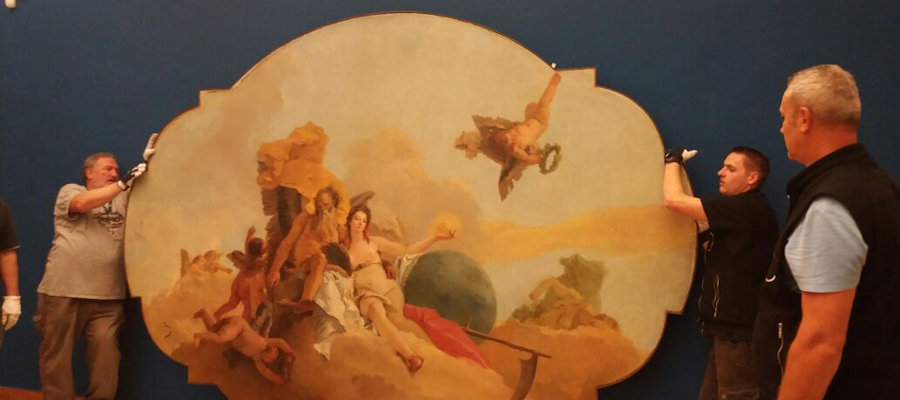
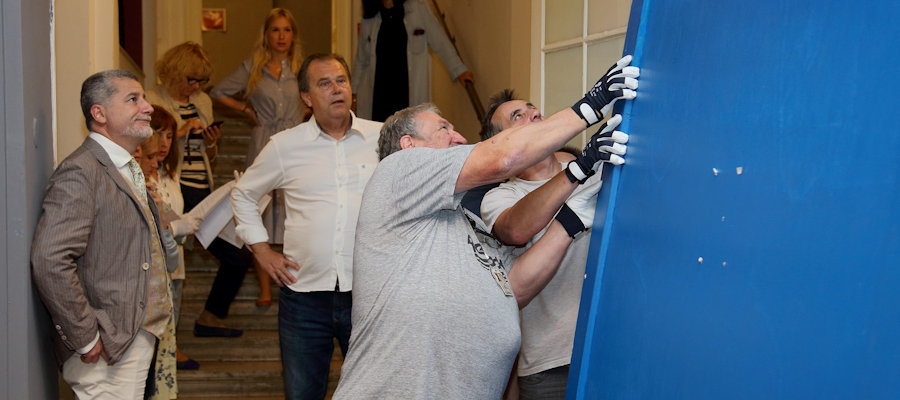
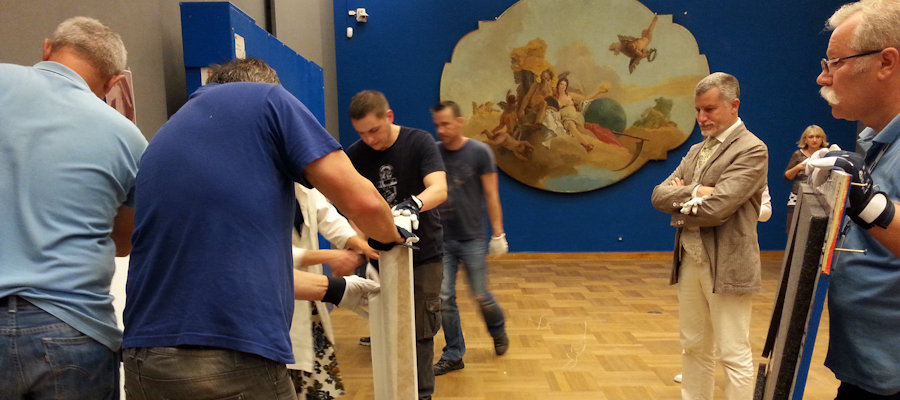
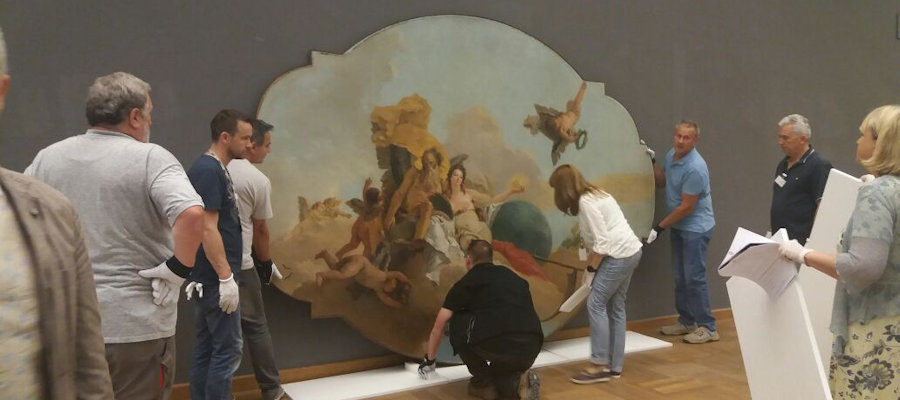
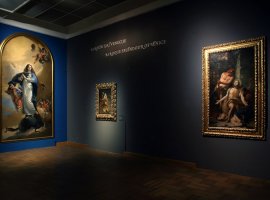
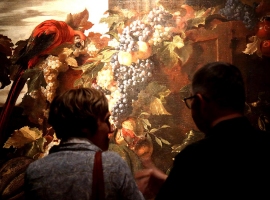
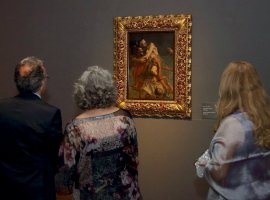
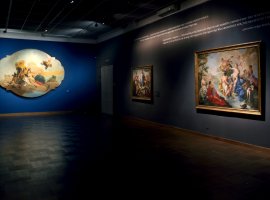
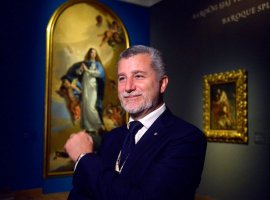
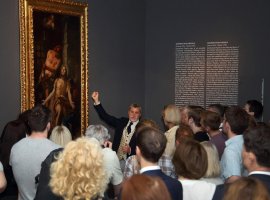
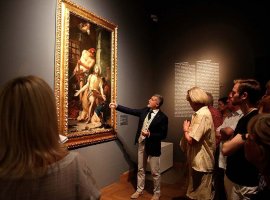
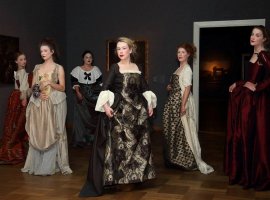
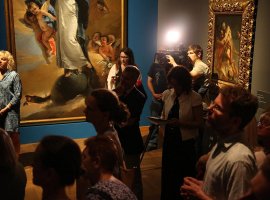
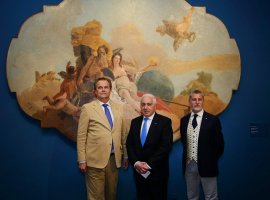
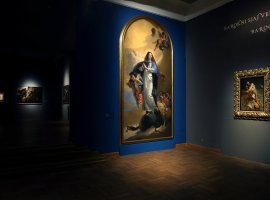
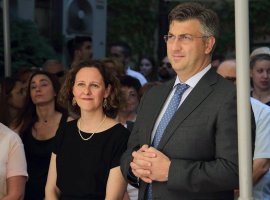
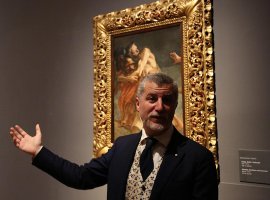
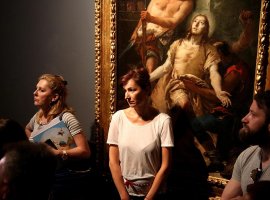
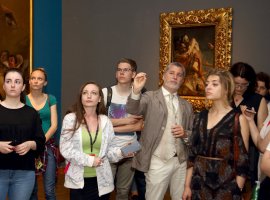
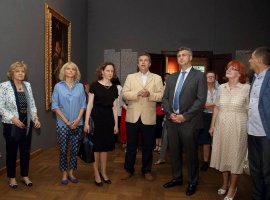
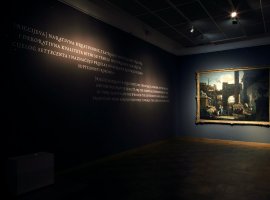
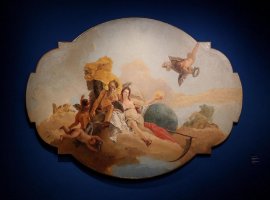

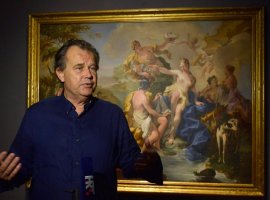
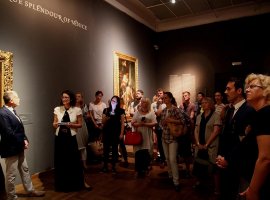
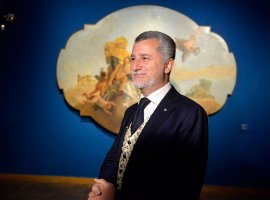
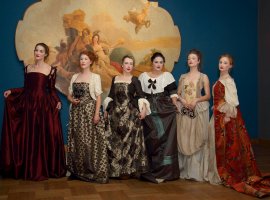
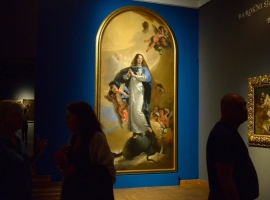

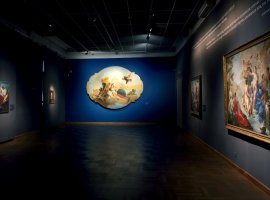
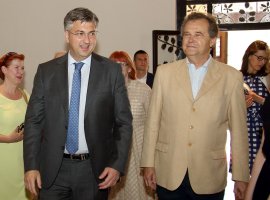
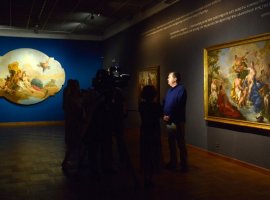
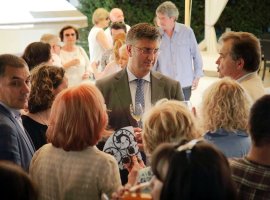
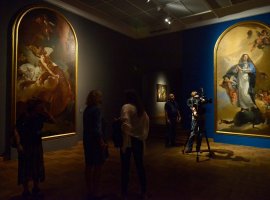
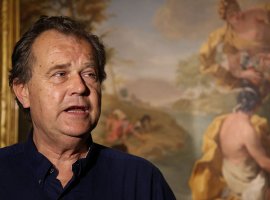
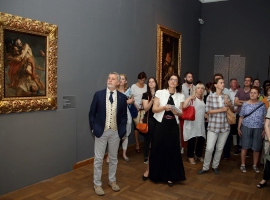
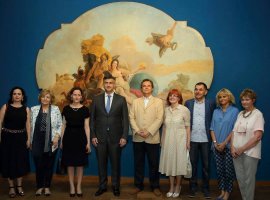
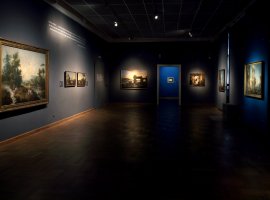
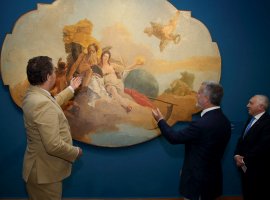
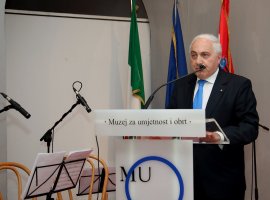
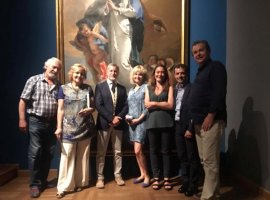
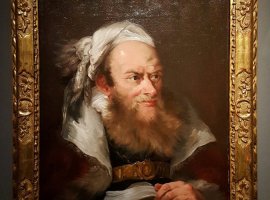
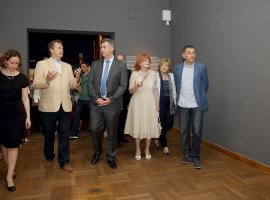
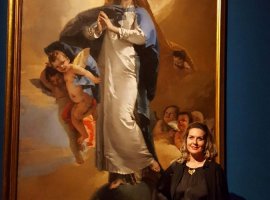
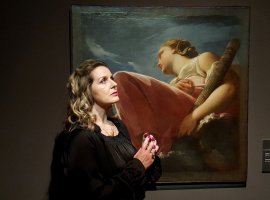

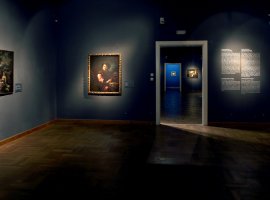
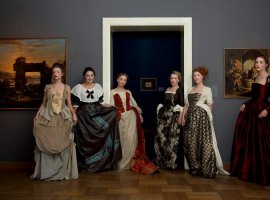
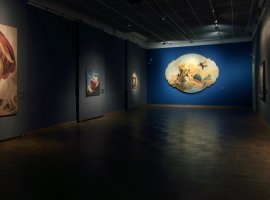
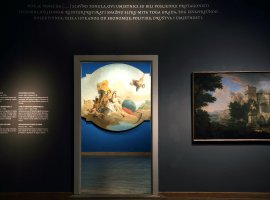
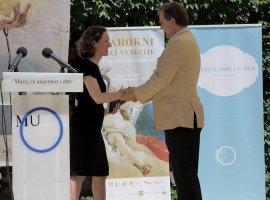
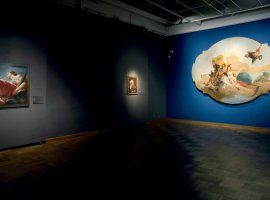
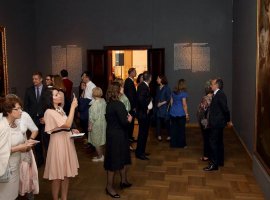

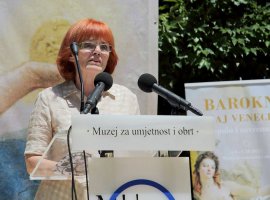
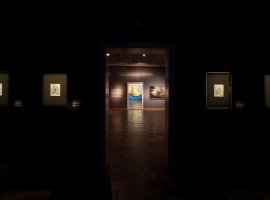
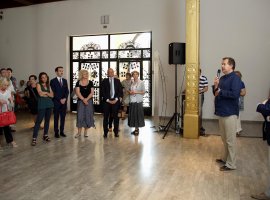
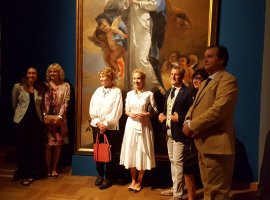
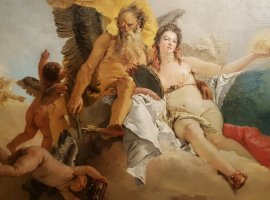

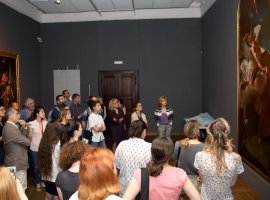
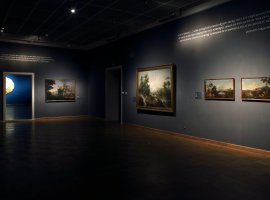
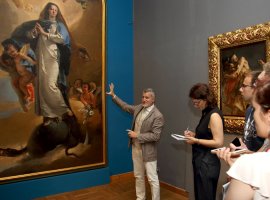
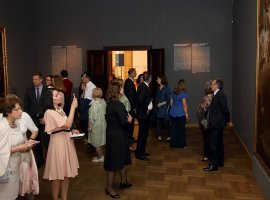
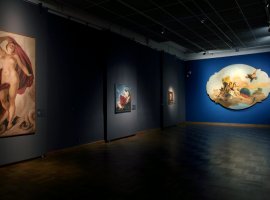
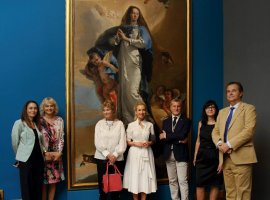
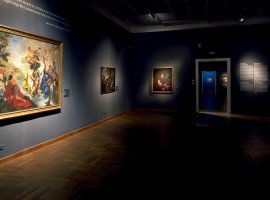
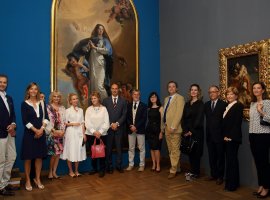
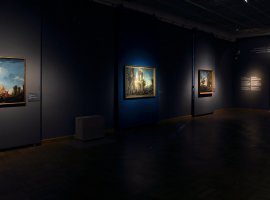
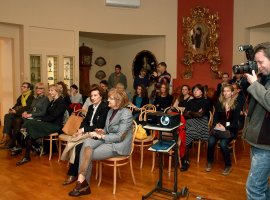
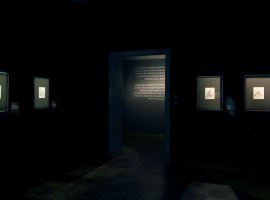
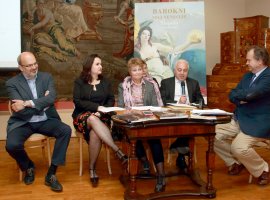
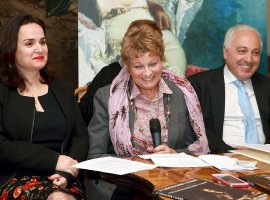
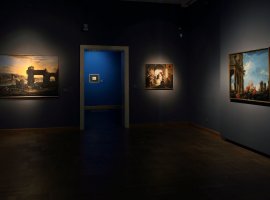
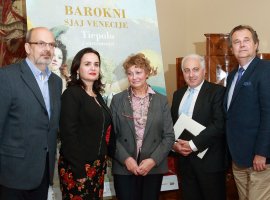
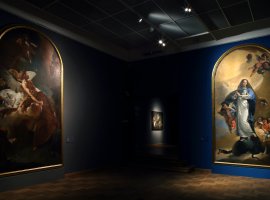
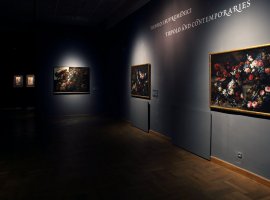
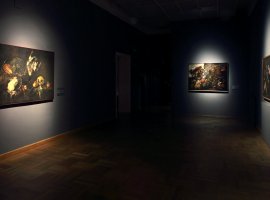
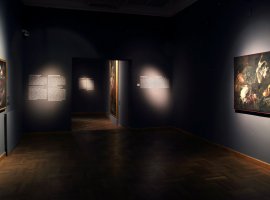
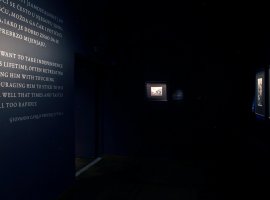
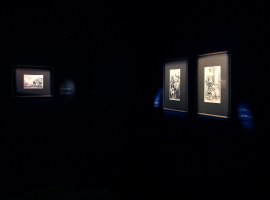
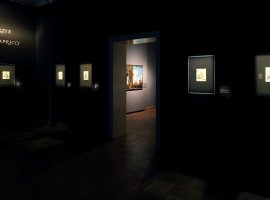
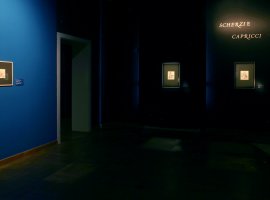
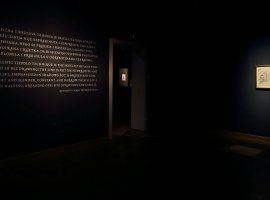
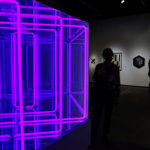 Previous Post
Previous Post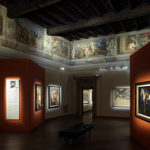 Next Post
Next Post